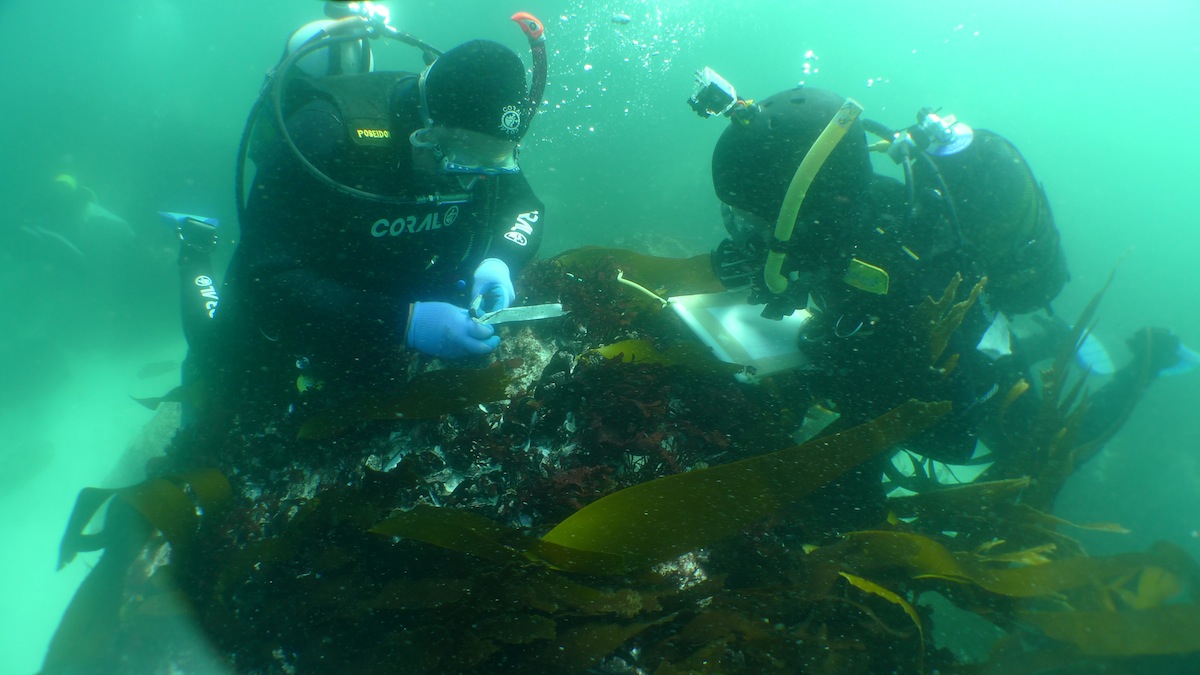
Thousands of artifacts will be on display at the Smithsonian’s National Museum of African American History and Culture when it opens next year, yet few will have the historical significance of those that were recognized in a ceremony in Cape Town on Tuesday.
The African American history museum officially announced during the ceremony that it will host wreckage from a centuries-old slave ship that sank off the coast of South Africa with slaves on board. This marks the first time in history that archeologists have been able to positively document a wrecked vessel that was carrying slaves, according to Lonnie Bunch, the museum’s director.
“Perhaps the single greatest symbol of the trans-Atlantic slave trade is the ships that carried millions of captive Africans across the Atlantic never to return,” Bunch said in a statement. About 400,000 East Africans were taken from their homeland between 1800 and 1865, according to the Smithsonian, to make the perilous months-long trip into bondage across the sea.
The Portuguese slave ship São José set sail in 1794, traveling from Lisbon to Mozambique to buy slaves to take to Brazil. The ship, which made its ill-fated journey relatively early in the history of the slave trade between East Africa and the Americas, was carrying over 400 enslaved East Africans when it hit a rock off the coast of South Africa. Some of those on board were able to make it to shore—but the ship sank and about half of the slaves it carried perished at sea. The Slave Wrecks Project, a collaborative group of six research and historical institutions, had been working to uncover the wreckage since 2008, and recently began bringing up artifacts from the successful project.
The Smithsonian Museum of African American History and Culture will display copper fastenings and sheathing that was used to hold the ship together, as well as iron ballast used for weight. The objects will be on long-term loan from the Iziko Museums of South Africa and that nation’s government. They’ll be displayed at an exhibit titled “Slavery and Freedom” that is scheduled to open with the museum next fall.
Members of the Slave Wrecks Project have gathered in South Africa this week for a series of events marking the discovery and highlighting the history it represents.
Read next: New Species of Ancient Human Found in Africa
More Must-Reads From TIME
- Dua Lipa Manifested All of This
- Exclusive: Google Workers Revolt Over $1.2 Billion Contract With Israel
- Stop Looking for Your Forever Home
- The Sympathizer Counters 50 Years of Hollywood Vietnam War Narratives
- The Bliss of Seeing the Eclipse From Cleveland
- Hormonal Birth Control Doesn’t Deserve Its Bad Reputation
- The Best TV Shows to Watch on Peacock
- Want Weekly Recs on What to Watch, Read, and More? Sign Up for Worth Your Time
Contact us at letters@time.com